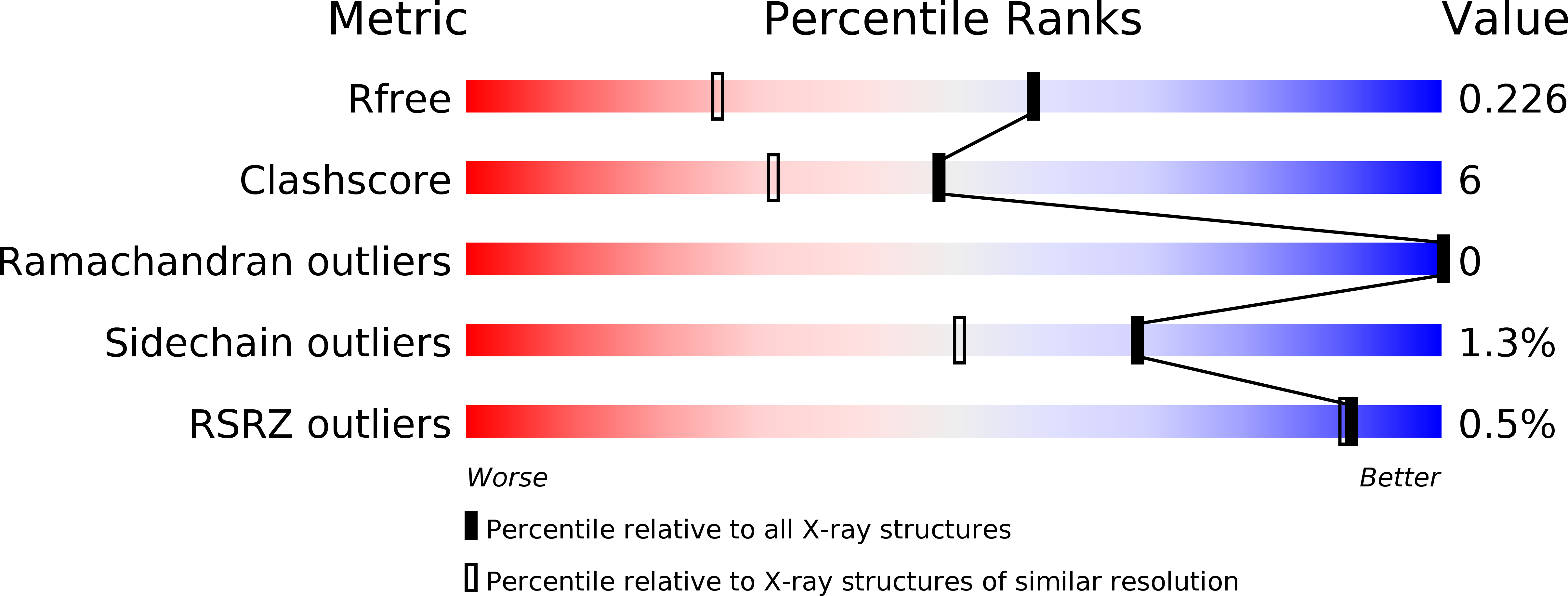
Deposition Date
2018-09-13
Release Date
2019-08-14
Last Version Date
2025-10-01
Method Details:
Experimental Method:
Resolution:
1.60 Å
R-Value Free:
0.21
R-Value Work:
0.18
R-Value Observed:
0.18
Space Group:
C 1 2 1


